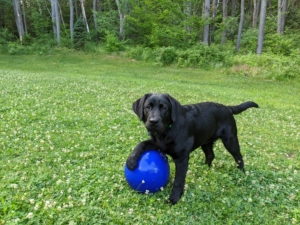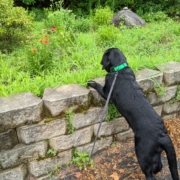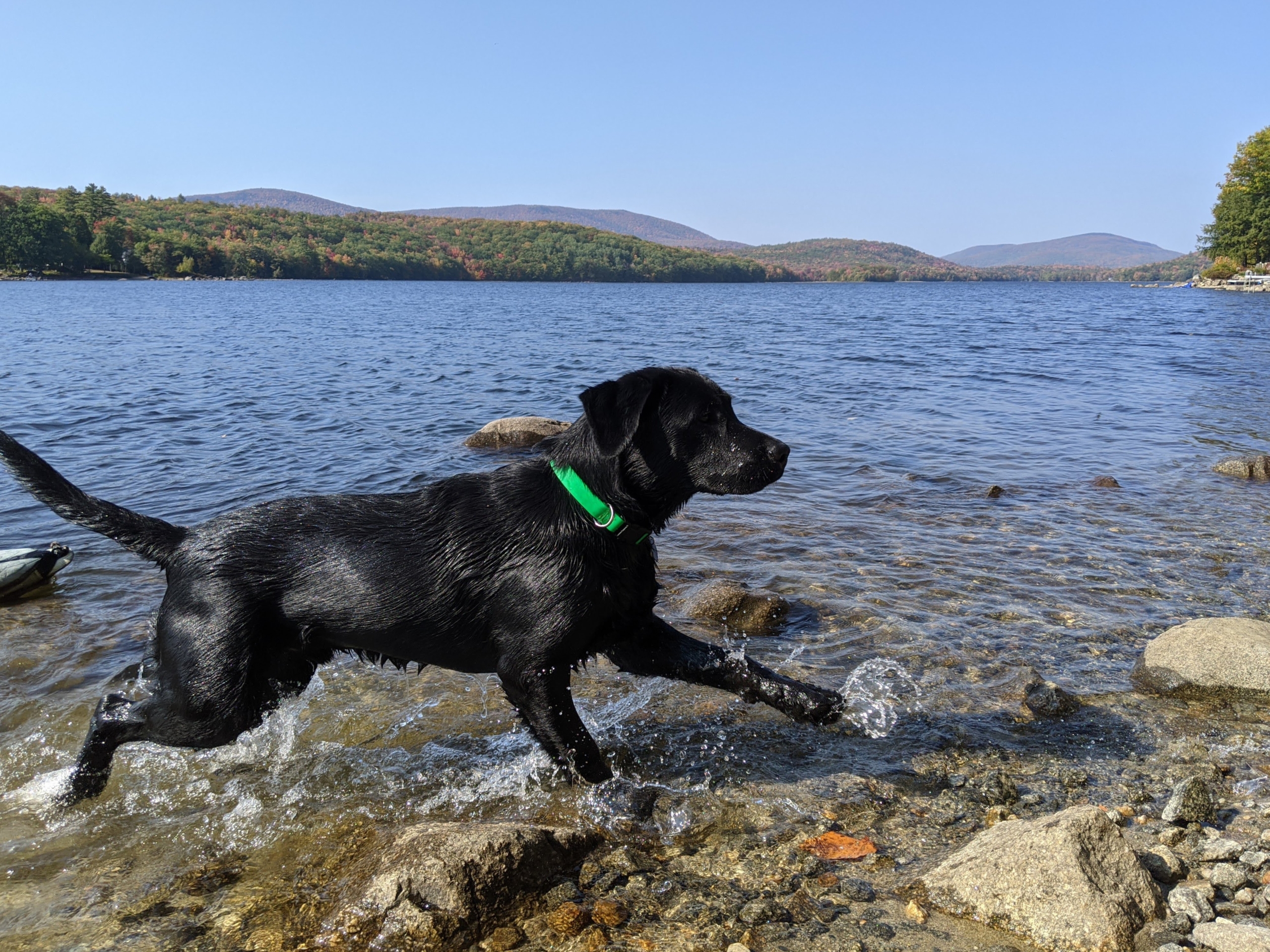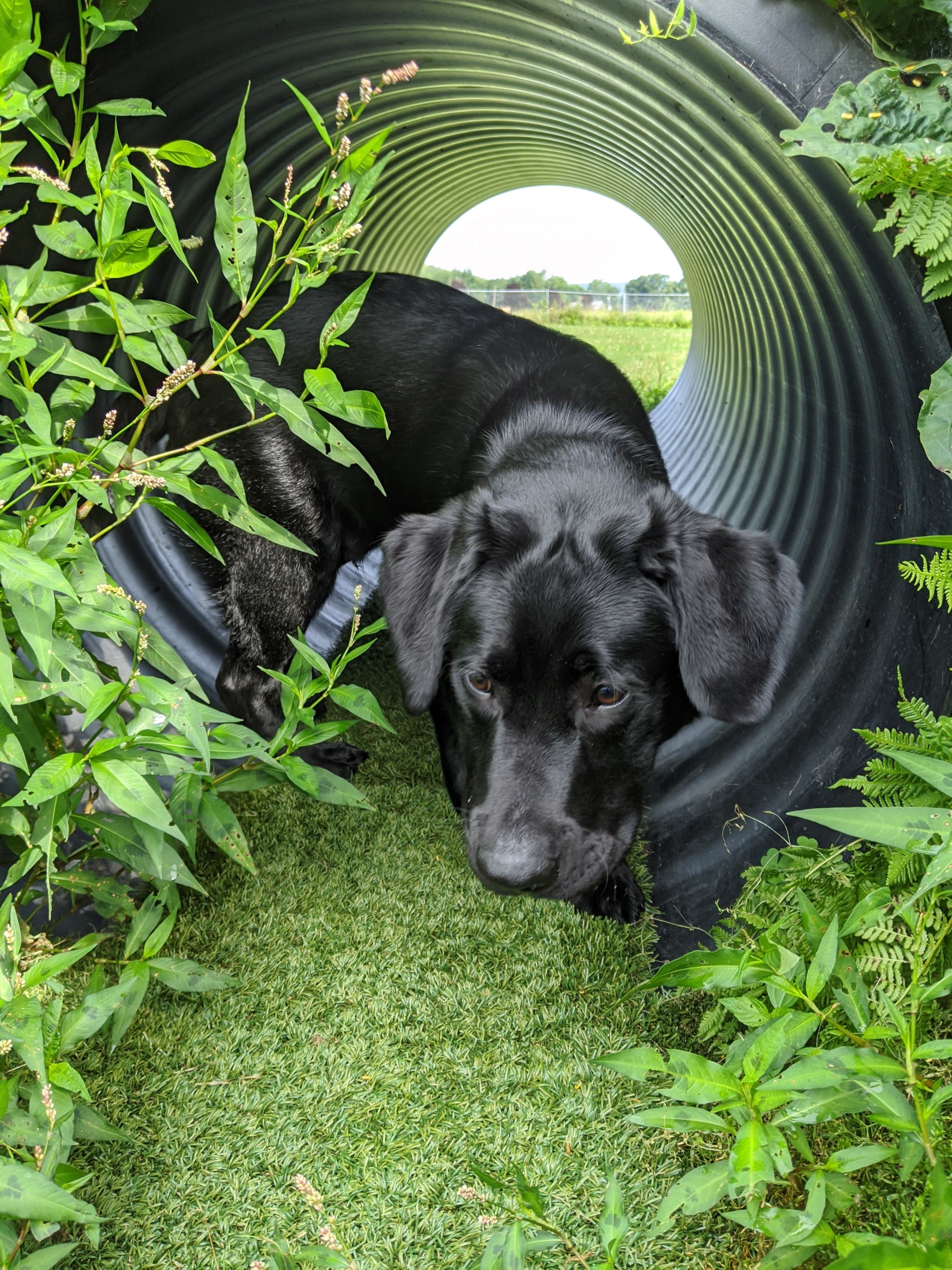 Many of us can see the light at the end of the pandemic tunnel. Maybe your company has announced a return to work date. Maybe you are starting to travel again, either for business or pleasure. But what about our pets? They’ve been by your side 24 hours a day for the past year and will struggle to adjust or readjust to the new normal. How do you help prepare your pet for that eventuality? And how do you help them cope with the adjustment when you do return to normal?
Many of us can see the light at the end of the pandemic tunnel. Maybe your company has announced a return to work date. Maybe you are starting to travel again, either for business or pleasure. But what about our pets? They’ve been by your side 24 hours a day for the past year and will struggle to adjust or readjust to the new normal. How do you help prepare your pet for that eventuality? And how do you help them cope with the adjustment when you do return to normal?
How to prepare your pet?
The most important thing to do is start preparing your pet for the coming change now. According to Marjie Alonso, the executive director of the International Association of Animal Behavior Consultants, we have to remember that our pets are individuals and just like us they are having differing reactions to this quarantine. Now is the time to start helping them adjust to the upcoming transition. Here are some tips from animal experts to help you help your pets:
- Teach your pet independence and how to be alone comfortably.
- Catch your pet being calm throughout the day, especially when the dog is ignoring you, and reward him or her with calm and pleasant attention.
- Give your pet something delicious when you leave. Alonso states that “If you start stuffing that Kong with mashed potatoes and roast beef every time you walk out the door, the dog is going to be like, ‘Here’s your coat.’”
- Provide separation with baby gates or doors for short periods of time, giving your pet a special treat or a puzzle toy, slowly allowing your pet to self-soothe and accept being alone.
- If you are home all day, make sure you ignore your pet sometimes and do not give him or her constant attention or give in to constant demands.
- You should not set attention and activity levels now that are difficult or impossible to maintain when you transition back to work, according to Mikel Delgado, a cat behavior researcher at the University of California-Davis.
- Delgado also states that owners should not work in places (like the sofa) that pets associate with cuddles or play to avoid sending mixed cues to their pets.
- Make sure your pet has alone time daily.
- Alonso suggests that you make sure your pet has alone time. If you used to leave for work at a specific time go through your normal preparations (put on shoes, grab purse or briefcase and keys) and leave the house for a short period of time.
- Dog trainer Tracy Krulik, who specializes in separation anxiety, agrees with Alonso, stating “take time away from your dog daily, even if it is to sit under a tree or take a work call from your car.”
- Laura Sharkey, a dog trainer in Arlington Virginia, reminds owners that if your dog was previously crated when you went to work, he or she should still have some alone time in their crates. Crate training can give your pet a safe space and can help your pup learn that being alone is ok and is even sometimes preferable.
- Provide mental stimulation for your pet, both while they are alone and while you are home.
- Sharkey tells owners to take breaks form work to run through obedience cues or teach new tricks or give meals in food puzzles. It’s important to give your pets mental stimulation so that they are better able to cope with their alone time.
- Fear Free veterinarians and behaviorists suggest that owners meet their pet’s physical, social and exploratory needs every day with routine, scheduled activities including play, positive reinforcement training, leashed walks, or environmental enrichment.
- A tired pet is a less destructive pet. Make sure you provide mental and/or physical exercise before your pet spends hours alone. This way they are more willing to settle down for a long nap instead of chewing on your favorite pair of sandals.
- Make sure your arrivals and departures are not a big deal. If you make a fuss over your pet when you come home or leave they may be more likely to believe it is something to stress over.
- Dr. Katherine Houpt, professor emeritus of behavior medicine at Cornell College of Veterinary Medicine, gives owners the following advice: “When you are heading out for your first day back at work, it would be best to give them a brisk walk or a game of fetch before you leave. Before you leave be sure to leave a long-lasting treat such as a rawhide or a Kong toy with frozen melted cheese inside. When you come home don’t greet them until they are calm and not jumping on you or running in circles.”
What to do when you go back to work/school?
- Continue the routine: As much as possible, maintain the routine you established during quarantine. Take a morning walk or have a morning playtime, get ready for work, then give your pup a frozen Kong or your cat a puzzle toy and head out.
- Utilize the tools at your disposal: Don’t forget that you can use calming pheromones, supplements, or comfort vests to help your pet stay calm during this transition until they have adjusted to the new normal. This blog post goes into more detail about separation anxiety and the tools that may help.
- Don’t wait: If your pet is showing signs of developing or increasing anxiety contact your veterinarian. Left untreated, anxiety often worsens over time.
- Get help: Pet sitters and dog walkers can help with this transition! Pet sitters can come give your cats some socialization and enrichment time to entertain them while you are at work. Sitters can also come play with or walk your dog to help them deal with any anxieties that have resulted from your return to work. Check out our services and rates to find one that fits your needs and let our sitters help you and your pet!




